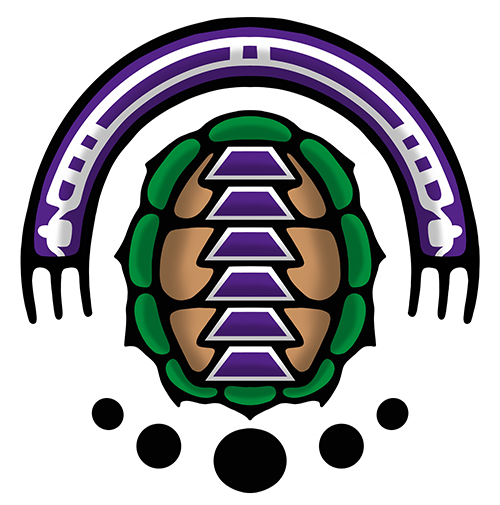Document Type
Article
Publication Date
2022
Abstract
Indigenous groups across North America have vast cultural and linguistic diversity. Specifically, in a linguistic sense, there are a broad array of Indigenous languages that encompass both the auditory-vocal (spoken) and the visual-gestural (signed) modalities. Herein, the focus is drawn to a comprehensive literature review of Indigenous signed languages that have been historically used in North America, including Plains Indian Sign Language, Inuit Sign Language and a modern attempt at creating an Indigenous-based sign language Oneida Sign Language. Beginning with an overview of what sign languages are, the euro-western sign languages that exist in Canada as well as their key components. Subsequently, an overview of the history of the Indigenous sign languages - from first mythological accounts to formal documentation, where they have been used, how they came to be and how they have been used for the Deaf Indigenous community, the hearing Indigenous community, and as Lingua Franca’s to surmount linguistic barriers. Further, the various conservation attempts that have been made are discussed. As well as factors such as residential schooling, linguistic Darwinism and failures in academic documentation that have led to the decline of these languages in North America. Overall demonstrating the tragedy it has been to gradually lose these languages and culminating in a call to action to the individual as well as government organizations to ensure the preservation of these Indigenous sign languages for future generations.



